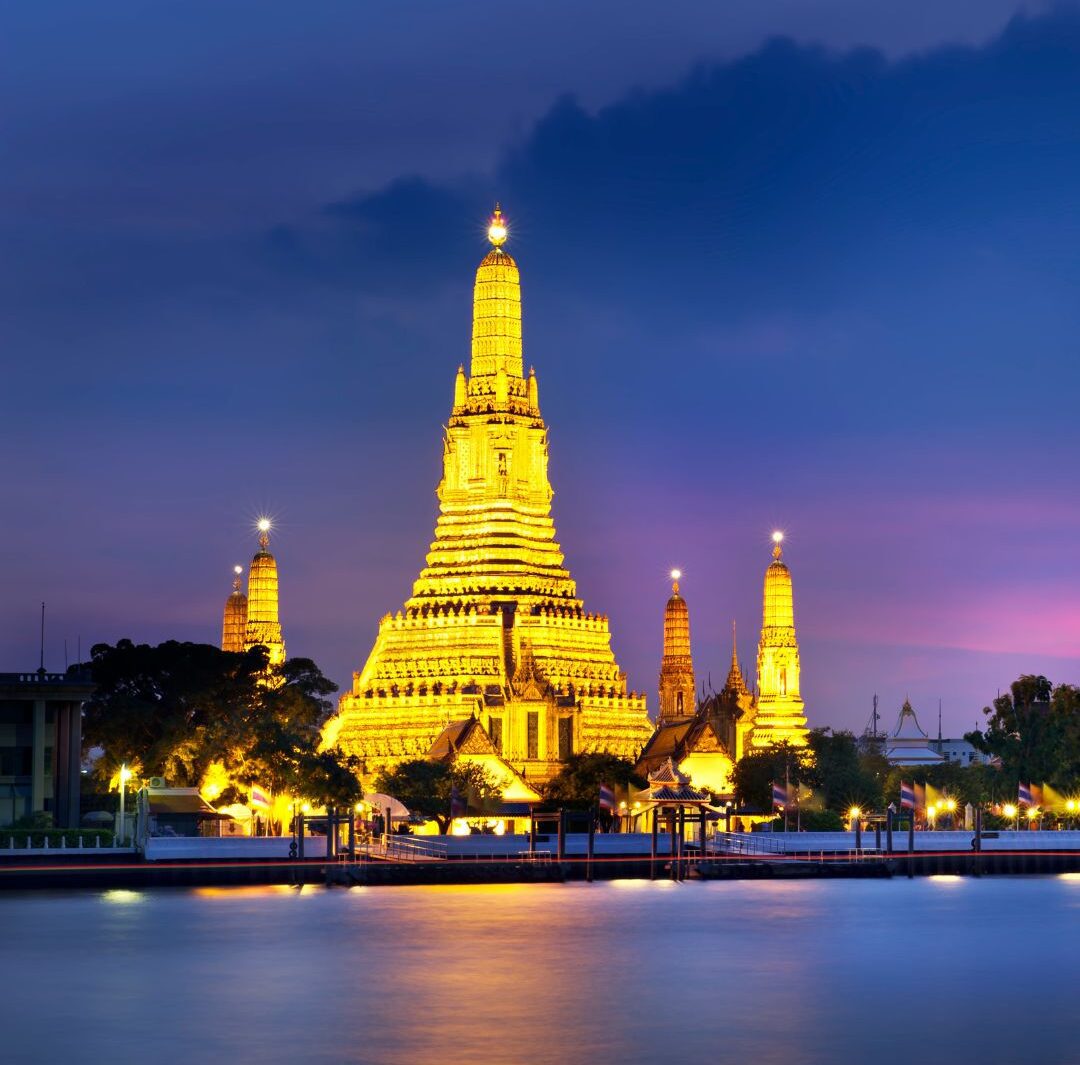Bridging Horizons: Indo-Thai Cultural and Tourism Synergy in a Competitive Asia
August 6, 2025 | New Delhi & Bangkok
As Asia’s tourism landscape grows fiercely competitive, India and Thailand are seizing a unique opportunity to deepen their cultural and economic ties, leveraging shared heritage and mutual strengths to counter a regional slowdown. With Thailand facing a 6% dip in foreign tourist arrivals in 2025 and India riding a wave of global appeal, the two nations are poised to forge a vibrant Indo-Thai tourism corridor, blending Buddhist legacies, culinary exchanges, and innovative travel initiatives to captivate global wanderers.
A Shifting Tourism Landscape
Thailand, long a magnet for international tourists, welcomed 28 million visitors in 2024 but saw a 6% decline in early 2025, driven by competition from emerging hubs like Vietnam and Indonesia, which offer aggressive visa waivers and budget-friendly packages. India, meanwhile, is basking in a tourism boom, with 10.5 million foreign arrivals in 2024 and a projected 12% growth this year, fueled by cultural showcases like the Kumbh Mela and high-profile events such as the warm public welcome for chess champion Gukesh Dommaraju in Chennai.
The contrast presents a golden opportunity. “India and Thailand complement each other,” said Dr. Priya Chansiri, a tourism analyst in Bangkok. “Thailand’s beaches and wellness retreats pair perfectly with India’s historical depth and spiritual allure. Together, they can create a unique regional draw.”
Shared Heritage, Shared Future
At the heart of this synergy lies a shared Buddhist heritage. India, the birthplace of Buddhism, boasts sacred sites like Bodh Gaya and Sarnath, while Thailand’s ancient temples, such as Wat Pho and Wat Arun, embody a living Buddhist tradition. A proposed Indo-Thai Buddhist Circuit could link these destinations, offering curated pilgrimages for global travelers. “Imagine a journey from the Mahabodhi Temple to Ayutthaya’s ruins,” said Anil Sharma, an Indian tourism consultant. “It’s a narrative that resonates spiritually and economically.”
Cultural exchanges are already gaining traction. Thailand’s Songkran festival and India’s Holi share vibrant parallels, inspiring plans for a joint Indo-Thai Festival of Colors in 2026, blending music, dance, and street food in cities like Chiang Mai and Varanasi. Culinary diplomacy is another frontier: Thai restaurants are thriving in Indian metros, while Indian eateries are gaining popularity in Bangkok, with chefs collaborating on fusion menus featuring mango lassi smoothies and tom yum-spiced biryani.
Innovative Travel Initiatives
To counter regional competition, both nations are exploring bold policies. Thailand’s recent visa-free extension for 93 countries, including India, has boosted Indian arrivals to 2.1 million in 2024, a 15% jump. India, inspired by its recent visa-thaw success with China, is considering reciprocal visa relaxations for Thai citizens, potentially slashing processing times to 48 hours. A proposed Indo-Thai Travel Pass, modeled on Schengen-style agreements, could allow seamless multi-city itineraries across both countries, targeting millennials and digital nomads.
Joint marketing campaigns are also in the works. The Tourism Authority of Thailand and India’s Ministry of Tourism are planning a “Two Lands, One Journey” campaign, promoting twin-destination packages that combine Kerala’s backwaters with Krabi’s beaches or Rajasthan’s forts with Chiang Rai’s hill tribes. “We’re not just selling destinations; we’re selling stories,” said Supaporn Vong, a Thai tourism official.
Economic and Social Impacts
The economic stakes are high. Tourism contributes 12% to Thailand’s GDP and 8% to India’s, supporting millions of jobs. An Indo-Thai tourism corridor could generate $5 billion in combined revenue by 2027, according to preliminary estimates, with small businesses—homestays, handicraft vendors, and local guides—standing to gain the most. In India’s Northeast, closer to Thailand, states like Assam are eyeing cultural exchanges to boost border tourism.
Local voices reflect the optimism. “Thai tourists love our tea gardens,” said Meena Borah, a homestay owner in Guwahati. “With better connectivity, we could host thousands more.” In Phuket, tour operator Chaiyaporn Sukhum sees India as a lifeline: “Indian families are spending more here. A joint circuit would keep them coming.”
Challenges and the Road Ahead
Hurdles remain. Infrastructure gaps, particularly in India’s Northeast, and inconsistent air connectivity between secondary cities like Udaipur and Chiang Mai pose challenges. Regional competitors like Malaysia, offering similar Buddhist circuits, are intensifying marketing efforts. Both nations must also address overtourism risks to preserve cultural sites, with Thailand’s Maya Bay closure serving as a cautionary tale.
Yet, the momentum is strong. A planned Indo-Thai Tourism Summit in November 2025 aims to finalize agreements on visa policies, joint branding, and sustainable tourism practices. “This isn’t just about numbers,” said Dr. Chansiri. “It’s about weaving a cultural tapestry that celebrates our shared roots while embracing the future.”
A New Asian Narrative
As Asia’s tourism race heats up, India and Thailand are crafting a partnership that transcends borders, blending heritage, innovation, and hospitality. By uniting their strengths, they aim to redefine travel in the Indo-Pacific, offering the world a journey where ancient traditions meet modern aspirations. The Indo-Thai horizon is bright—and it’s just beginning.



